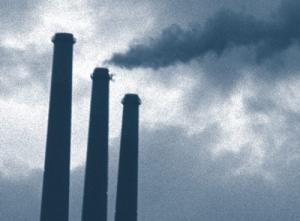From reporting to trading, utilities try to meet new expectations.
Doug Smith is a member in the Washington, D.C., office of Van Ness Feldman P.C. and was general counsel of the Federal Energy Regulatory Commission from 1997-2001. Kyle Danish is a senior associate in the Washington, D.C., office of Van Ness Feldman P.C. and one of the leaders of the firmʼs Climate Change practice.
On the issue of global climate change, most utilities have devoted their attention to tracking developments in Washington, D.C., following the rising and falling fortunes of legislation that could result in federal greenhouse gas (GHG) reporting or regulatory requirements. For the most part, utilities have taken comfort in the resolutely anti-regulatory stance of the Bush administration on greenhouse gas emissions. Yet more and more, utilities are finding their inside-the-Beltway focus shaken by an array of outside-the-Beltway activities, ranging from state climate legislation to shareholder proxy actions and the threat of climate change tort suits.

This constellation of state, local, and shareholder activities is creating new pressures on utilities to take steps now to begin addressing their GHG emissions and their exposure to future regulation. Indeed, for all major industries, implementation of some kind of strategy on climate change is becoming a new criterion of corporate social responsibility.
Major utilities are responding to these pressures in a variety of ways. Many are taking inventory of their emissions and identifying internal mitigation opportunities. Others are participating in voluntary reporting programs or high-profile climate "leadership" groups, announcing voluntary limits on their GHG emissions, or exploring the emerging international emissions trading market.

